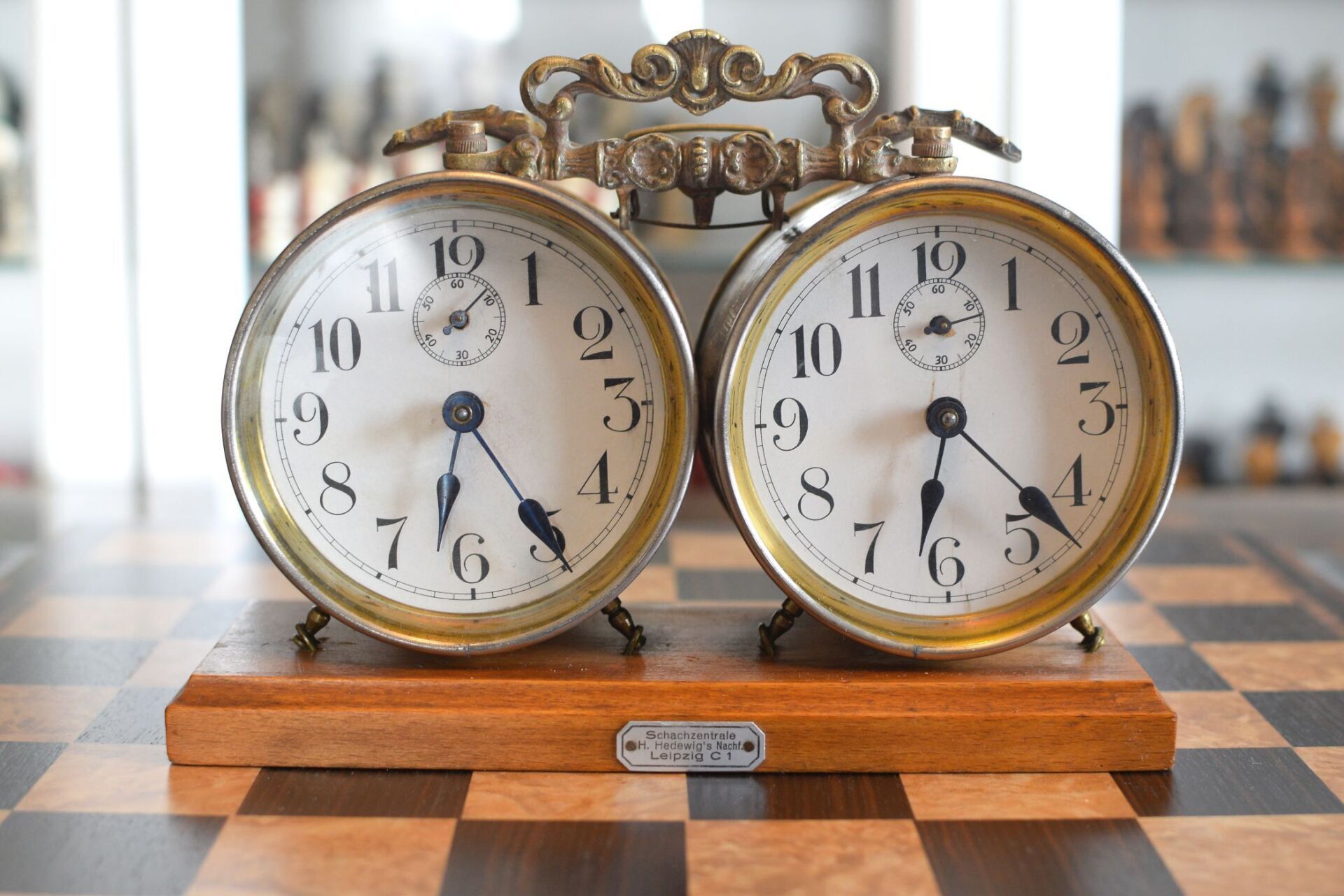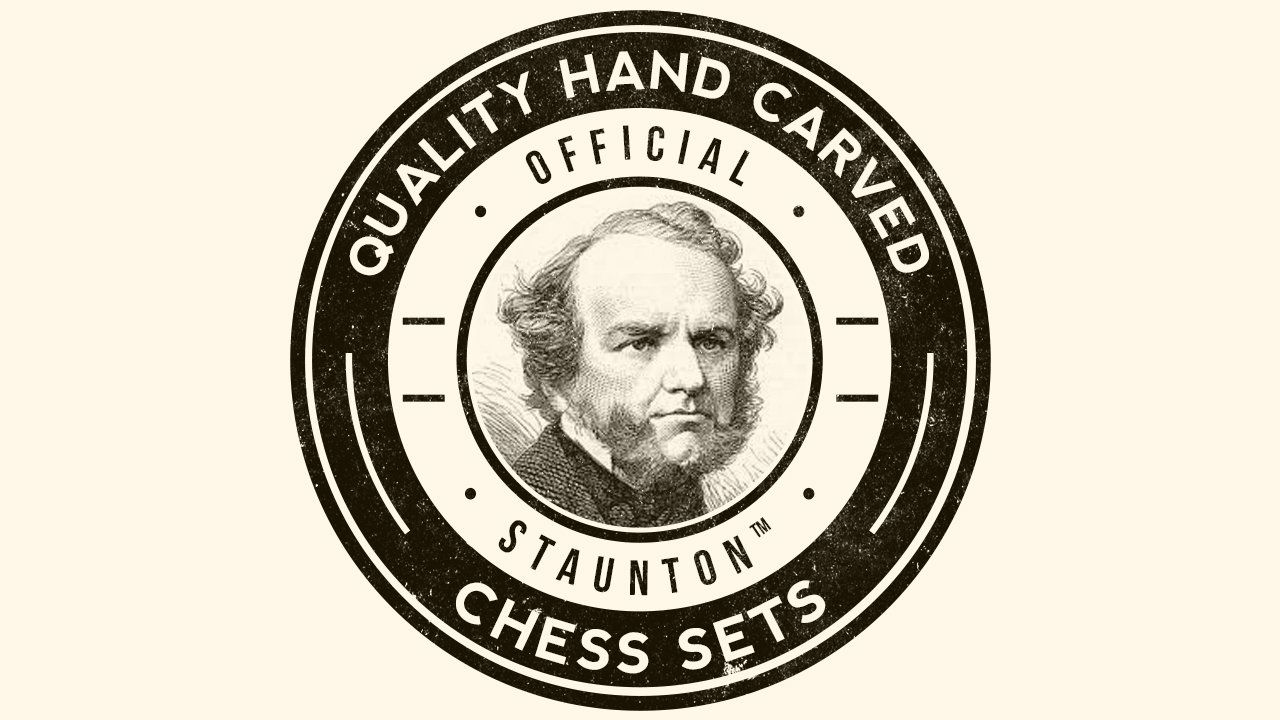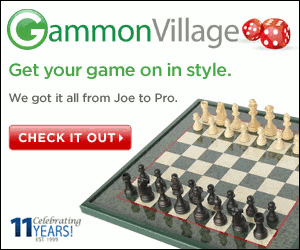German Compound Chess Set, ca. 1920
A chess set made of some type of compound reminiscent of so called "mass figures" produced from various materials in the late 19th and early 20th century. "Mass figures" (in German "Massefiguren") are toy figures which consist of a mostly air-dried compound. This "mass" consists (depending on the manufacturer) of different ingredients. Besides wood flour and glue, flour, clay, paper fibres, plaster and other ingredients were used. In the region of Middle Franconia and the Middle Erzgebirge, which was known for the production of toys, mass figures were already produced since the middle of the 19th century and were part of the traditional handcraft besides carving. At first, parts of wooden figures that could not be turned were made from dough and attached to them (e.g. arms). Later, figures were also made entirely from a hardening dough-like mass. In this way there was a cheap alternative to the otherwise expensive, because elaborately carved toys, from which poorer parts of the population in particular benefited. In Austria, the company Emil Pfeiffer, located in Vienna at Neubaugasse 33, had been producing mass figures since about 1880.
Some of the modelling masses used were known under brand names, such as the Elastolin used by the company O. & M. Hausser. There were also Durolin, Lineol and many more.
Mass figures were essentially toy figures, like animals or toy soldiers. Chessmen made of mass are extremely rare. An imprint can be seen on the bottom of the figures. There the name "Berna" as well as the abbreviation "D.R.G.M." is written. The latter makes a dating of the pieces at least roughly possible, because the abbreviation stands for "Deutsches Reichs-Gebrauchsmuster", a special utility model protected by statutes of the German Reich, which were introduced on 1 October 1891 and which existed until the end of the war in 1945. However, the imprint "Berna" could not be clarified so far. It can be assumed that it is the name of the manufacturer or the brand name of the material. However, no evidence can be found for either one or the other.
With the exception of the knights, seams are not visible on the surface of the pieces, which indicates high-quality workmanship and production. The chess pieces are altogether of a very angular shape. The only exception are the very beautifully shaped knight heads. The king height is 70 mm.
Some of the modelling masses used were known under brand names, such as the Elastolin used by the company O. & M. Hausser. There were also Durolin, Lineol and many more.
Mass figures were essentially toy figures, like animals or toy soldiers. Chessmen made of mass are extremely rare. An imprint can be seen on the bottom of the figures. There the name "Berna" as well as the abbreviation "D.R.G.M." is written. The latter makes a dating of the pieces at least roughly possible, because the abbreviation stands for "Deutsches Reichs-Gebrauchsmuster", a special utility model protected by statutes of the German Reich, which were introduced on 1 October 1891 and which existed until the end of the war in 1945. However, the imprint "Berna" could not be clarified so far. It can be assumed that it is the name of the manufacturer or the brand name of the material. However, no evidence can be found for either one or the other.
With the exception of the knights, seams are not visible on the surface of the pieces, which indicates high-quality workmanship and production. The chess pieces are altogether of a very angular shape. The only exception are the very beautifully shaped knight heads. The king height is 70 mm.
















